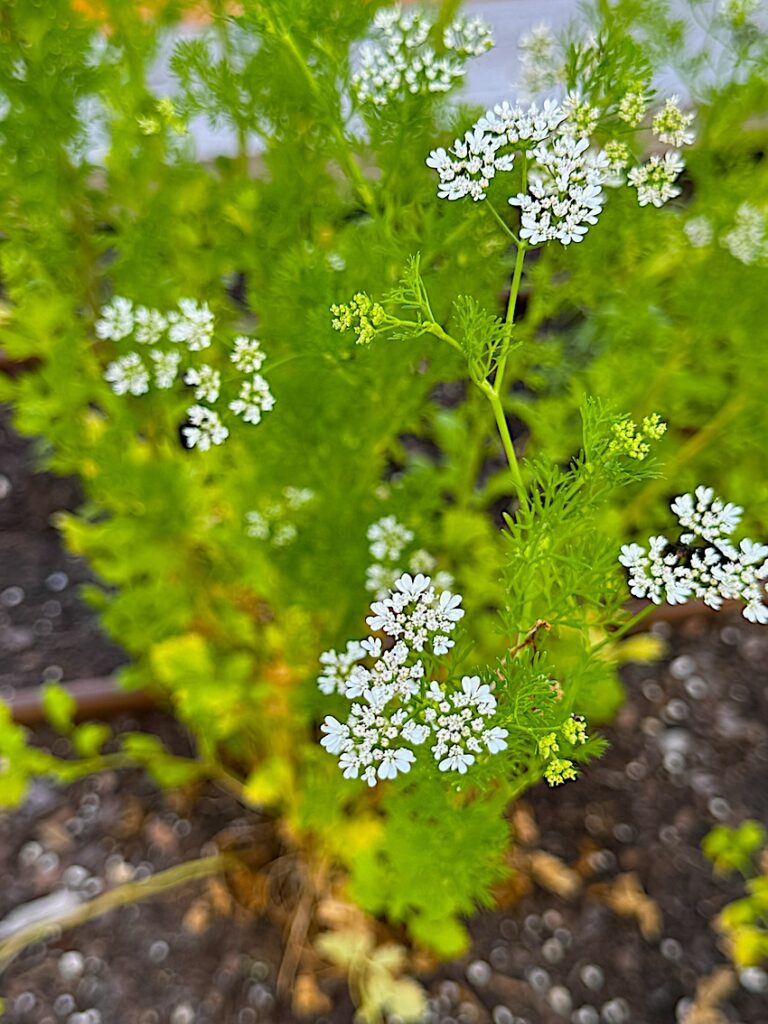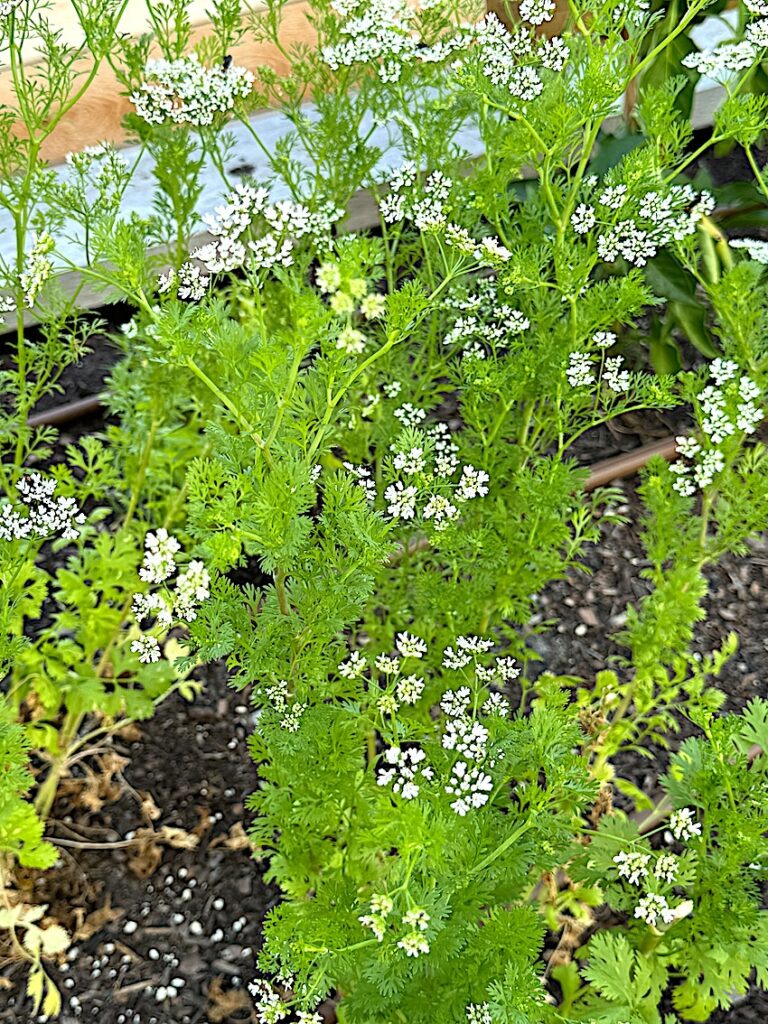
Coriander (Coriandrum sativum) is a herbaceous plant from the Apiaceae family, known for its aromatic leaves and seeds that are widely used in the cuisine of different cultures. Here are some interesting facts about coriander:
Origin and History: Coriander is one of the oldest herbs known to humanity. There is evidence of its use over 5,000 years ago in ancient Egypt. It was mentioned in Sanskrit texts and was known and used by the ancient Romans and Greeks.
Global Cuisine: Coriander is used in a variety of cuisines around the world. In Indian cuisine, both the leaves and seeds are used. In Mexican cuisine, fresh leaves are an essential ingredient in dishes like guacamole and salsas. It is also common in Thai, Vietnamese, Chinese and Mediterranean cuisine.
Polarizing Flavor: Coriander’s flavor is polarizing. While many enjoy its fresh, citrusy flavor, other people think it tastes like soap. This is due to genetic variations that affect the perception of the smell and flavor of coriander leaves.
Health Benefits: Coriander is rich in antioxidants and has anti-inflammatory properties. It is also known to aid digestion and may have beneficial effects on controlling blood sugar and cholesterol.
Traditional Medicinal Use: Historically, coriander has been used in traditional medicine to treat a variety of conditions, including indigestion, insomnia, anxiety and joint pain. The fruits are used as aromatic, carminative, digestive; aperitif, stimulant of digestive secretions, flatulence, intestinal spasms, urinary inflammation (CEPLAMT, 2016).
Growth and Cultivation: Coriander is easy to grow and can be planted in pots or gardens. Prefers temperate climates and well-drained soils. It is an annual plant, which means it completes its life cycle in one year.
Essential Oil: Coriander seeds are used to extract an essential oil that is used in perfumes, soaps and cosmetic products due to its pleasant aroma and antibacterial properties.

Coriander leaves (Coriandrum sativum)
Seeds vs. Leaves: Coriander seeds have a completely different flavor than the leaves. They have a warmer, spicier taste, often described as a mix of citrus and spice. The seeds are commonly used in spice blends such as curry powder.
These points show how coriander is a versatile and valuable plant in both cooking and medicine, as well as highlighting interesting facts about its popularity and variable acceptance.
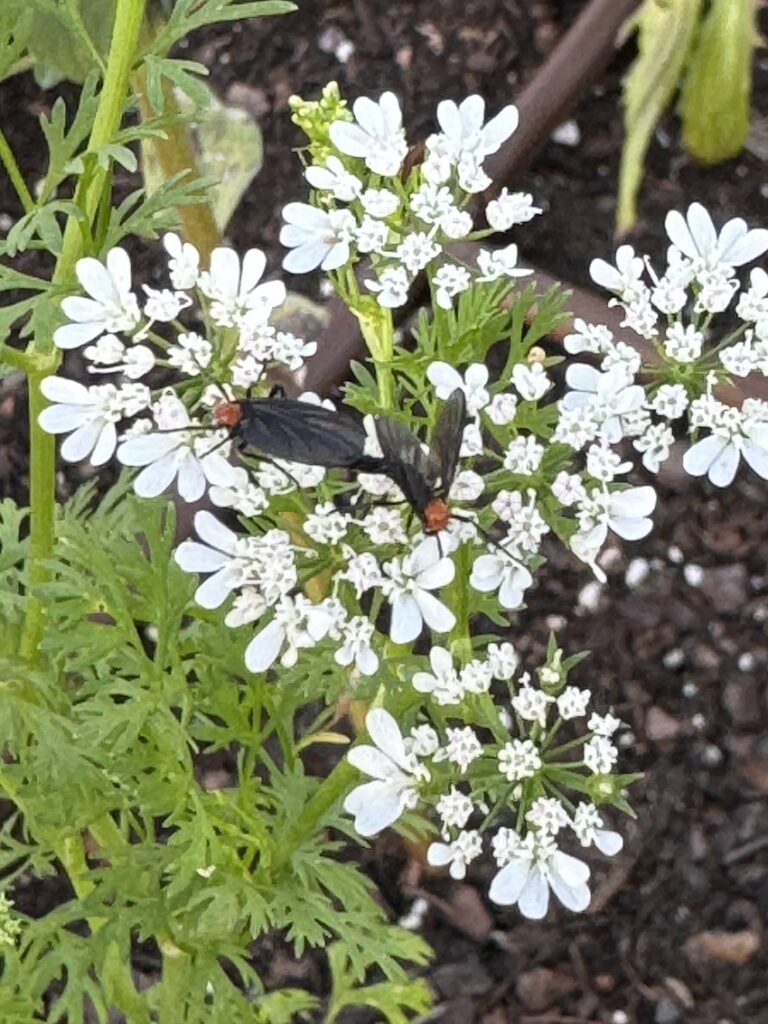
Coriander flowers (Coriandrum sativum) with a couple of lovebugs, Plecia nearctica (Diptera: Bibionidae), Land O’ Lakes, Pasco County, Florida, USA, 28°19’37.0″N 82°31’54.2 “W.
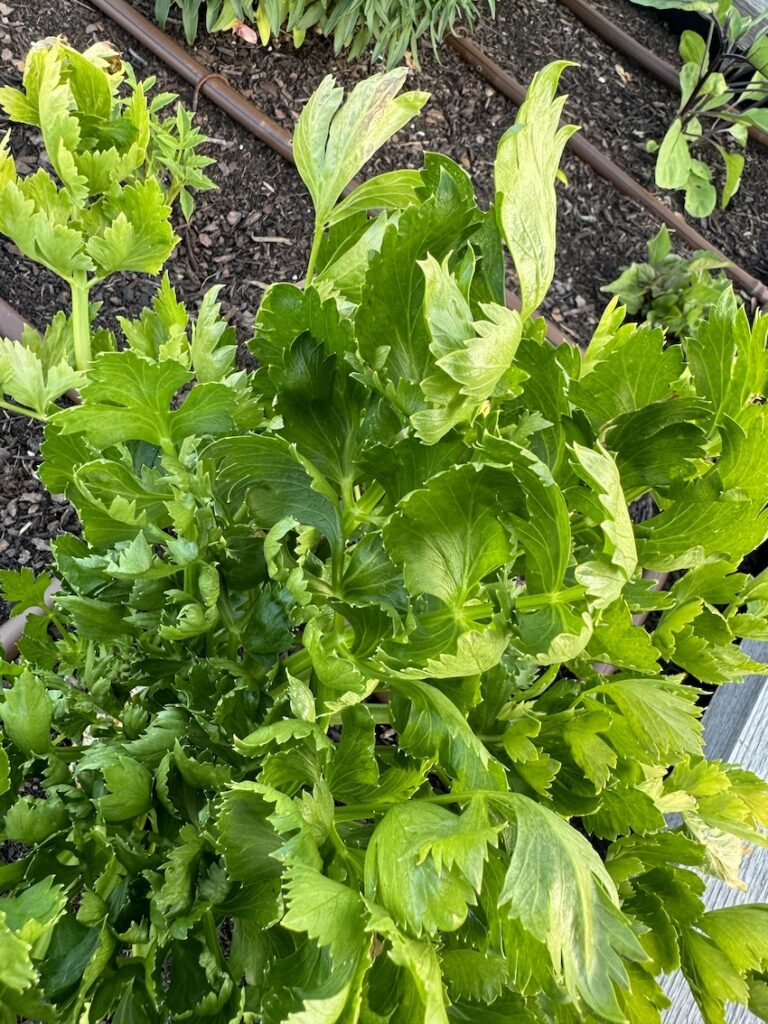
Coriander plant (Coriandrum sativum), Land O’ Lakes, Pasco County, Florida, USA, 28°19’37.0″N 82°31’54.2″W.
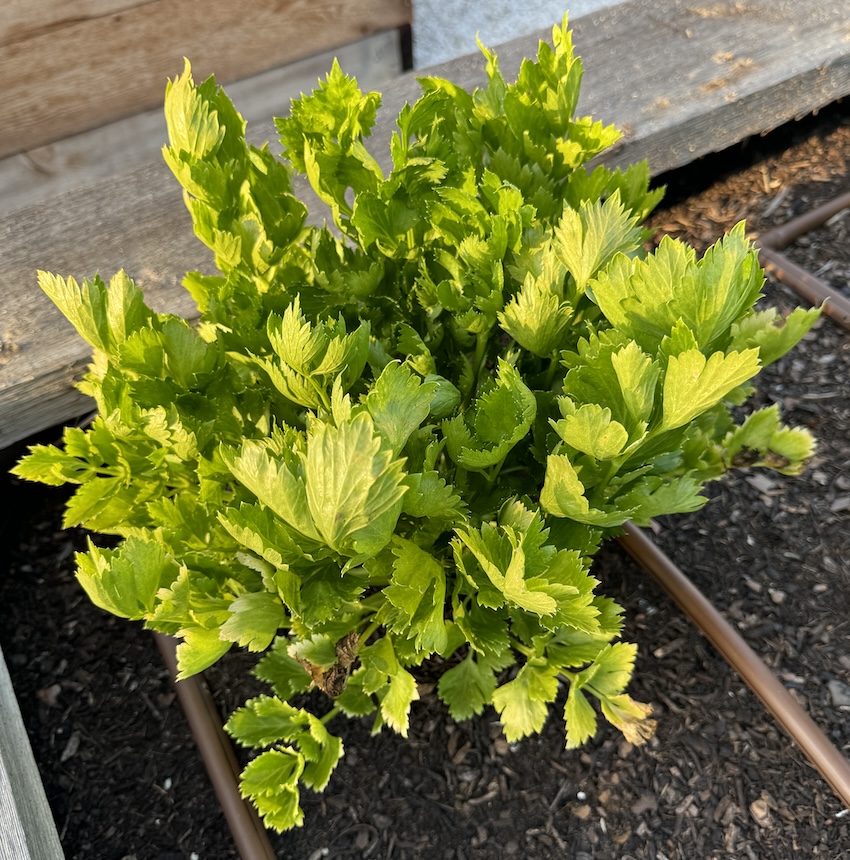
Coriander plant (Coriandrum sativum), Land O’ Lakes, Pasco County, Florida, USA, 28°19’37.0″N 82°31’54.2″W.
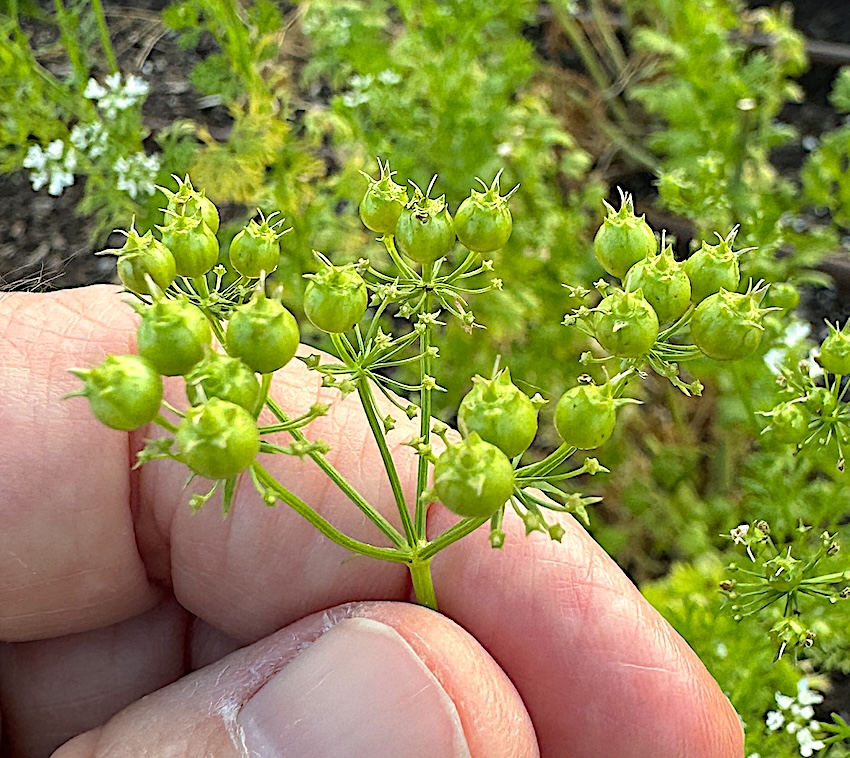
Green fruits (diachenes) of coriander (Coriandrum sativum), Land O’ Lakes, Pasco County, Florida, USA, 28°19’37.0″N 82°31’54.2″W.

Green fruits (diachenes) of coriander (Coriandrum sativum), Land O’ Lakes, Pasco County, Florida, USA, 28°19’37.0″N 82°31’54.2″W.
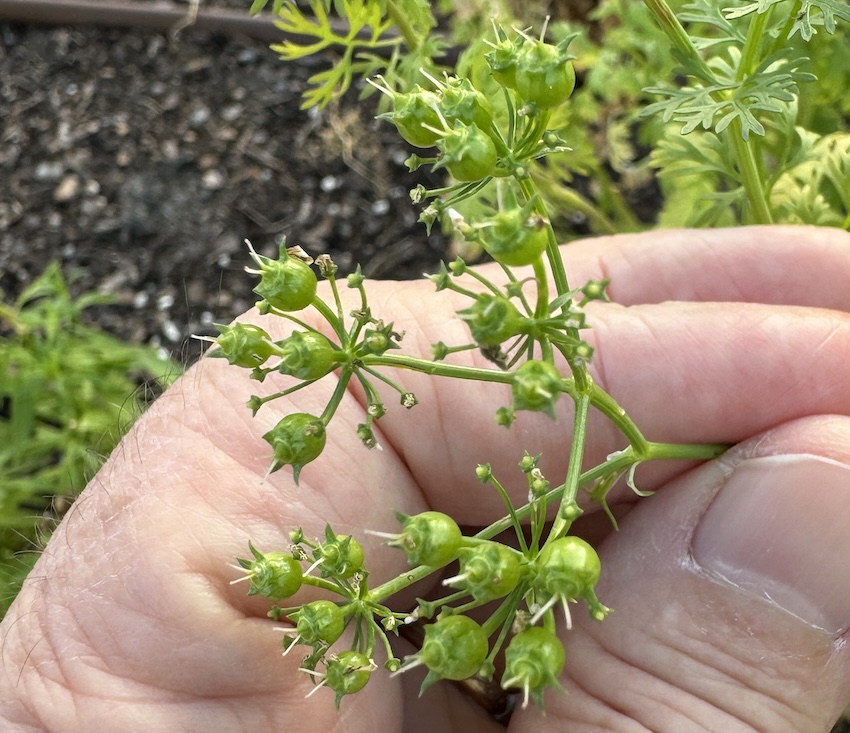
Green fruits (diachenes) of coriander (Coriandrum sativum), Land O’ Lakes, Pasco County, Florida, USA, 28°19’37.0″N 82°31’54.2″W.
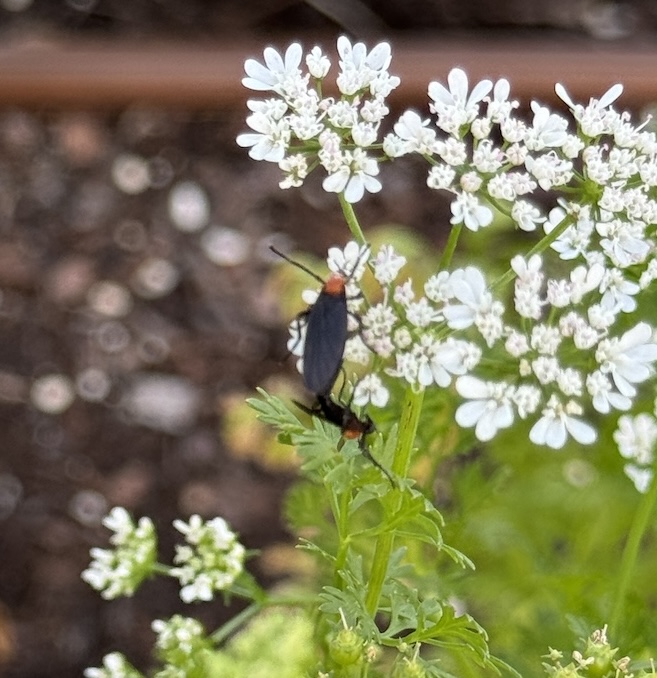
Coriander flowers (Coriandrum sativum) with a couple of lovebugs, Plecia nearctica (Diptera: Bibionidae), Land O’ Lakes, Pasco County, Florida, USA, 28°19’37.0″N 82°31’54.2 “W.
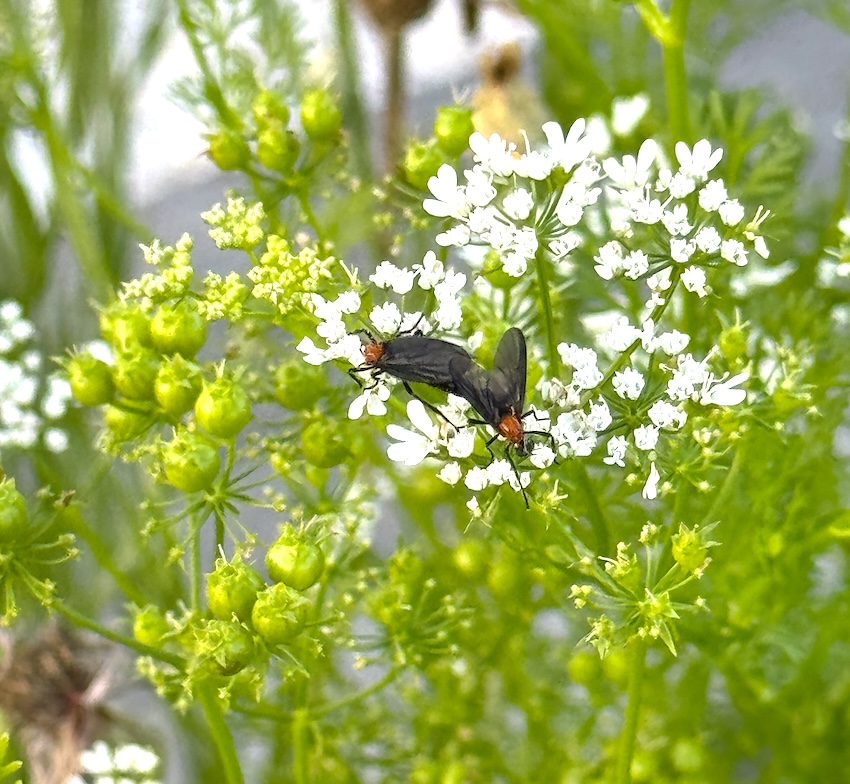
Green fruits (diachenes) and flowers of coriander (Coriandrum sativum) with a couple of lovebugs, Plecia nearctica (Diptera: Bibionidae), Land O’ Lakes, Pasco County, Florida, USA, 28°19’37.0″N 82°31’54.2″W.
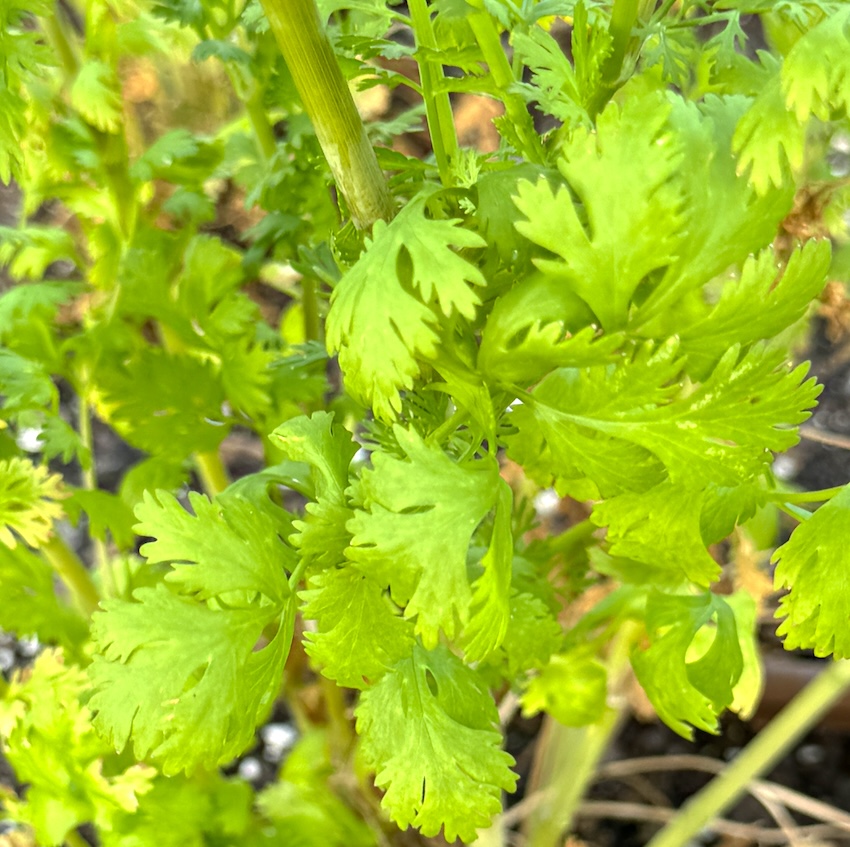
Coriander leaves (Coriandrum sativum), Land O’ Lakes, Pasco County, Florida, USA, 28°19’37.0″N 82°31’54.2″W.
Seedborne bacterial diseases can cause considerable losses, for example, Pseudomonas syringae pv. coriandricola (Datiles, 2015).
- LITERATURE
- Bessadat, N.; Hamon, B.; Bataillé-Simoneau, N.; Mabrouk, K.; P. Simoneau, P. 2019. First Report ofAlternaria dauciCausing Leaf Blight of Coriander (Coriandrum sativum) in Algeria. Plant Diseases 3 (9): 2471. Available in: https://apsjournals.apsnet.org/doi/10.1094/PDIS-03-19-0582-PDN. Accessed on: May 28, 2024.
- CEPLAMT. 2016. Coentro (frutos). Available in: https://www.ufmg.br/mhnjb/ceplamt/bancodeamostras/coentro/. Accessed on: May 29, 2024.
- Datiles, M. J. 2015. Coriandrum sativum (coriander). CABI – Digital Library. Available in: https://www.cabidigitallibrary.org/doi/10.1079/cabicompendium.15300. Accessed on: May 29, 2024.
- Gilardi, G.; Franco-Ortega, S.; Gullino, M. L.; Garibaldi, A. 2019. First Report of Fusarium Wilt of Coriander (Coriandrum sativum) Caused by Fusarium oxysporum in Italy. Plant Disease 103 (5): 1020. Available in: https://doi.org/10.1094/PDIS-10-18-1822-PDN. Accessed on: May 28, 2024.
- Infante, N. B.; Feijó, F. M.; Mendes, A. L. S. F.; Ramos-Sobrinho, R.; Reis, L. S.; Assunção, I. P.; Lima, G. S. A. 2017. First Report of Coriander (Coriandrum sativum) Seedling Damping-Off Caused by Pythium irregulare in Brazil. Plant Disease 102 (2): 456. Available in: https://apsjournals.apsnet.org/doi/10.1094/PDIS-06-17-0835-PDN. Accessed on: May 28, 2024.



